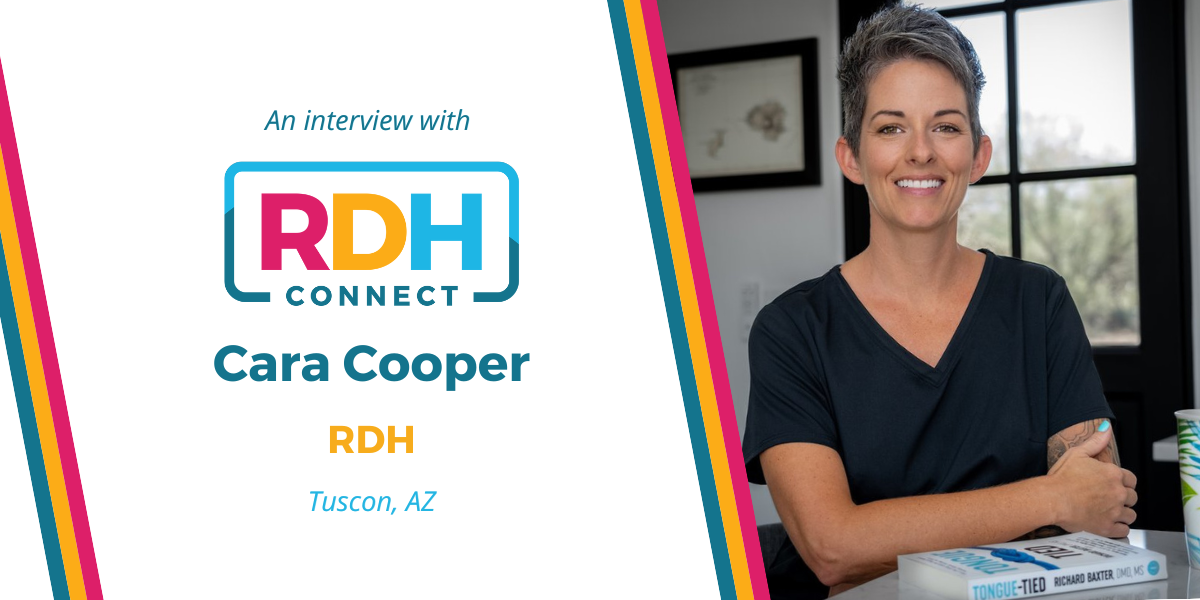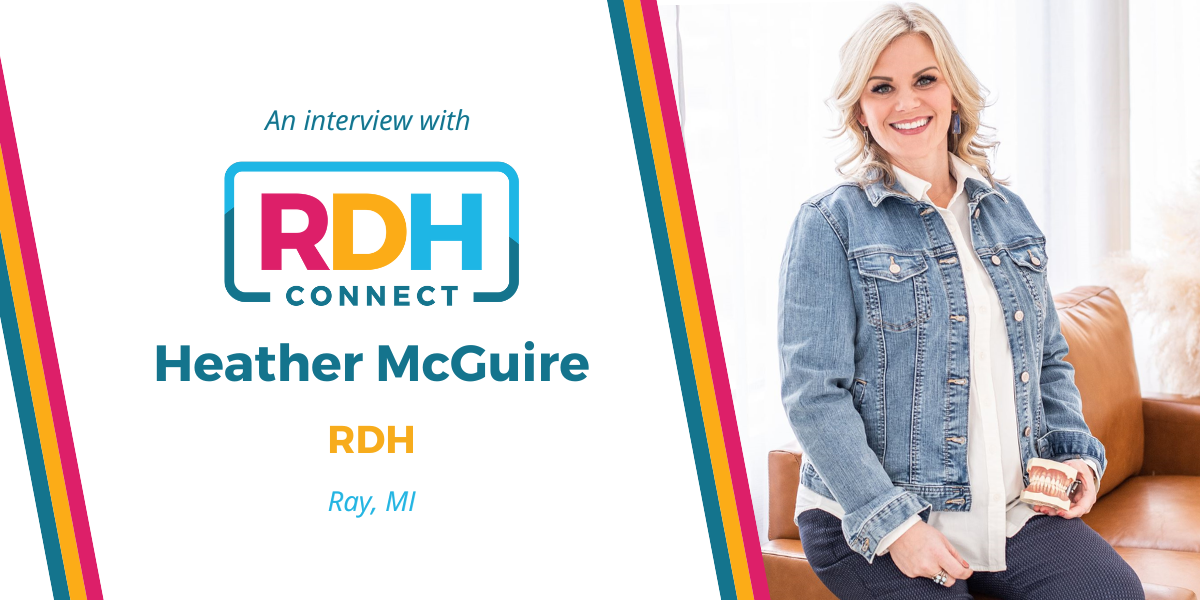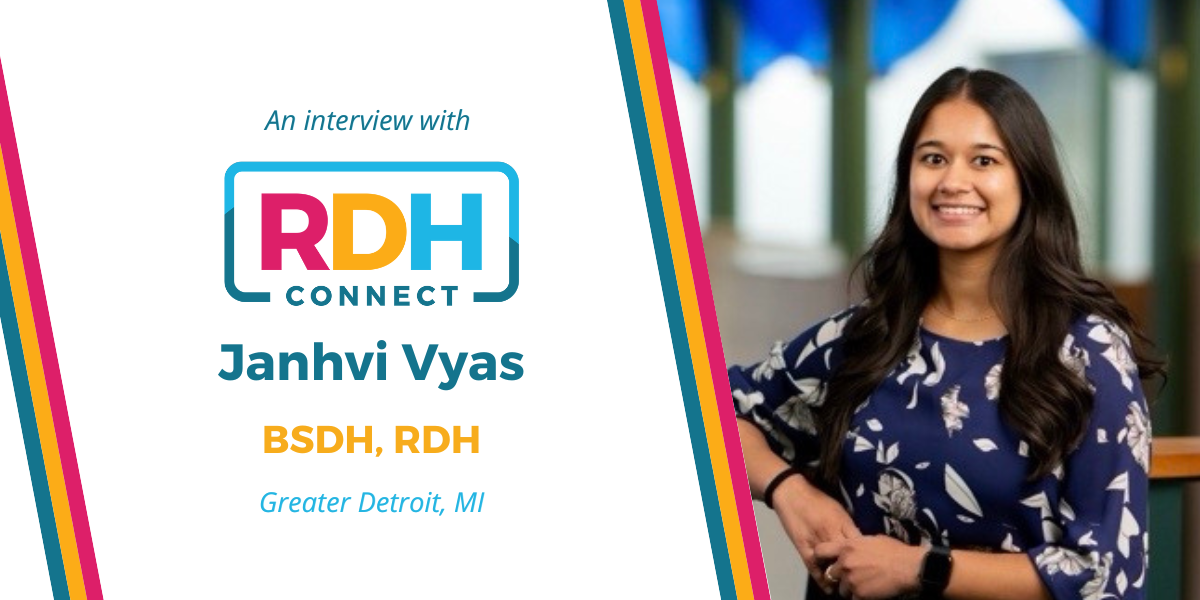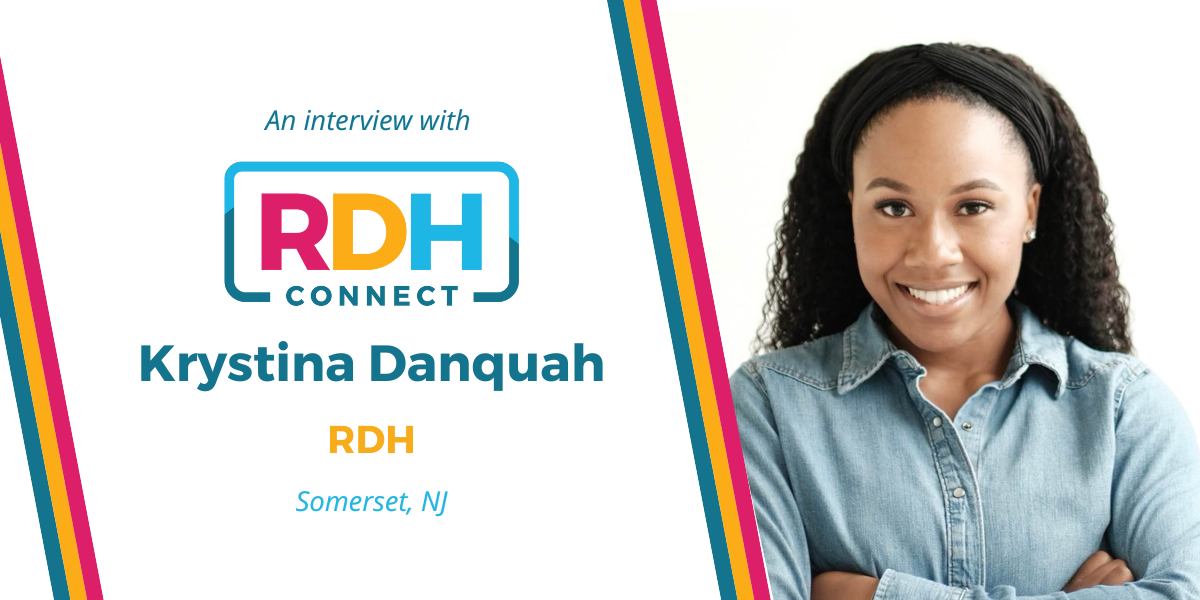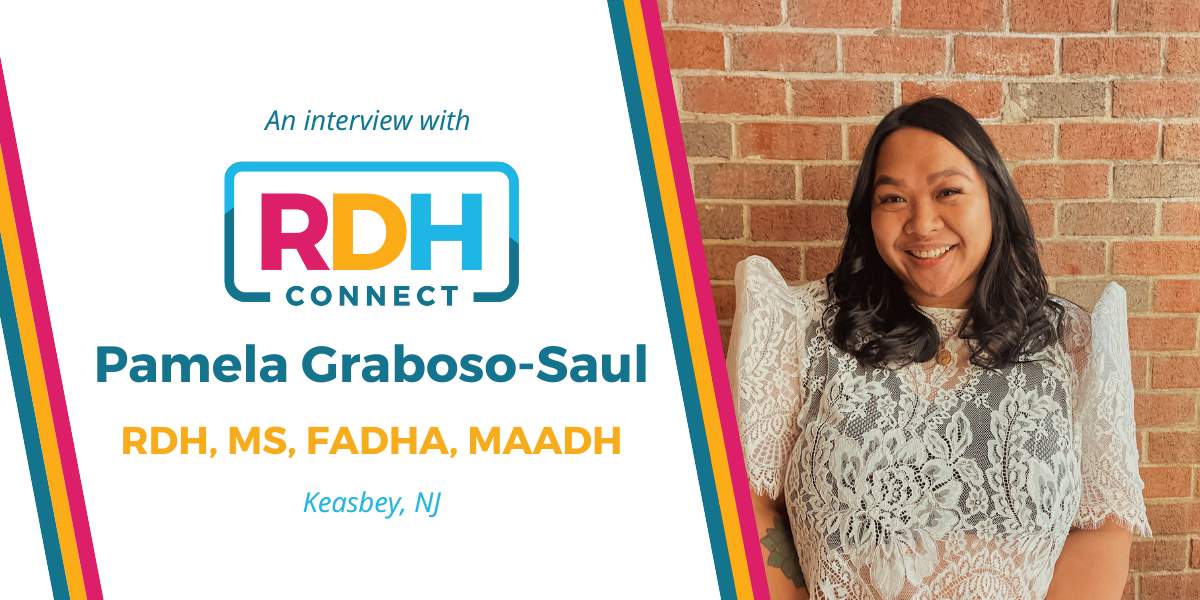Insights from an expert on the importance of prevention & sleep health | Liliana Lazarin RDH, BS
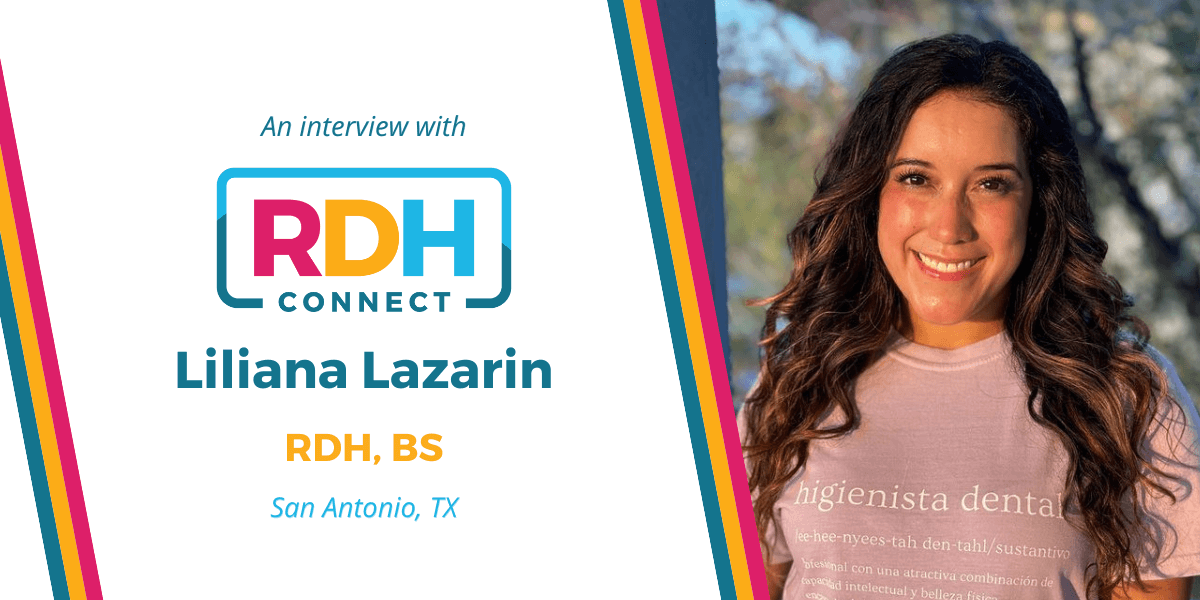
Through her lifestyle & work, Liliana inspires a proactive approach to health management in all areas, urging patients to take charge of their well-being for a healthier future. Find out her step-by-step recommendations for anyone wondering if they might be suffering from a sleep disorder.
In a recent conversation with Liliana Lazarin, she talks about her passion for education as a hygienist, practicing in a public health setting, and proactive treatment of sleep disorders for improved wellness & longevity. Liliana’s insights shed light on the challenges and rewards inherent in her profession, offering valuable lessons for both practitioners and patients alike.
Liliana’s cultural awareness & unique position to understand her patients
Liliana emphasizes the fulfillment derived from her work in public health & how her unique background as a Mexican-American allows her to understand the perspectives of her patients.
“So I have a lot of Spanish-speakers versus when I was in private practice, it was almost like English 98% of the time. And the other thing that I do see is that a lot of the patients that I get to meet and work with are not knowledgeable about health-related things…especially when it comes to dental health, for example, I’m from Mexico and I know in Mexico we have this belief that we only go to the doctor when something hurts.
So there’s not enough focus on prevention [or] a lot of talk about just dental health in general.”
The value of practicing in a public health setting
Practicing in a public health setting gives her the opportunity to educate underserved populations. She acknowledges the challenges associated with teaching new habits & adopting new behaviors. Despite these challenges, Liliana remains dedicated, constantly adapting her approach to engage and empower her patients effectively.
“I think it’s really hard to help people change their behavior and educate people and [figure out] how to meet them where they are..”
Behavior change is a daily practice for providers & patients alike
Liliana’s commitment to her patients is clear. Liliana’s analogy of being a detective resonates, highlighting the importance of observing oral health indicators to uncover underlying issues. Her emphasis on positive reinforcement and tailored approaches underscores her commitment & the significance of patient-centered care in achieving lasting behavioral change.
The importance of diagnosing sleep disorders
Transitioning to a discussion on sleep disorders, Liliana shares her involvement with Project Sleep, a nonprofit organization focused on raising awareness. As someone with personal experience with a sleep-related breathing disorder, Liliana emphasizes the importance of recognizing symptoms such as snoring and seeking timely medical evaluation.
Find out if you’re at risk
Liliana recommends utilizing online questionnaires to assess individual risk and consulting with an ear, nose, and throat (ENT) doctor for further evaluation. She also underscores the role of dental professionals in identifying oral signs of sleep disorders, illustrating the connection between dental and overall health. She’s provided a general guide below of the symptoms to look for:
Symptoms of Obstructive Sleep Apnea (OSA)
If you experience any of the following symptoms, you may be at risk for OSA.
Diurnal (Daytime) Symptoms:
- Daytime sleepiness
- Memory and concentration dysfunction
- Sexual dysfunction
- Gastroesophageal reflux
- Behavioral irritability (e.g., irritability, depression, chronic fatigue, delirium)
- Road traffic accident due to drowsiness
Nocturnal (Nighttime) Symptoms:
- Heavy, persistent snoring, especially when lying on your back or after consuming alcohol or sedatives
- Apnea episodes with limb movement, often noticed by a bed partner
- Sudden awakenings with noisy breathing
- Accidents related to sleepiness
- Night sweats
- Waking up with a dry mouth
- Nocturnal epilepsy
- Frequent nighttime urination (Nocturia)
Physical Signs Associated with OSA:
- Edematous (swollen) soft palate or uvula
- Elongated soft palate and uvula
- Narrowed throat space (decreased oropharyngeal dimensions)
- Nasal blockage
- Maxillary hypoplasia (underdeveloped upper jaw)
- Retrognathia (recessed lower jaw)
- Central obesity and a larger neck size
- High blood pressure and other cardiovascular consequences
Initial Screening Tools:
Consider using the Epworth Sleepiness Scale or the STOP-BANG questionnaire to gauge your risk. Depending on your score, further evaluation may be recommended.
Seek Medical Evaluation:
If you score high on the sleep apnea risk scale or experience several of the above symptoms, consult with:
- primary Care Physician (PCP) or Family Doctor: Often the first point of contact for many health concerns, a PCP can refer patients for sleep studies based on symptoms and initial assessments.
- Sleep Medicine Specialist: These are doctors who specialize in diagnosing and treating sleep disorders. If you consult one directly or are referred to one, they can order a sleep study.
- Ear, Nose, and Throat (ENT) Specialists: Since some sleep disorders (like sleep apnea) can be related to anatomical issues in the airways, an ENT might refer for a sleep study.
- Dentists or Dental Sleep Medicine Specialists: Especially in cases where a dental or oral device might be used to treat a disorder like sleep apnea.
These professionals will determine if you need a sleep study.
Types of Sleep Studies:
- Home Sleep Apnea Test (HSAT): Conducted in the comfort of your home.
- In-Lab Polysomnography: A comprehensive sleep study performed in a specialized lab.
Both tests require interpretation by a physician to confirm the diagnosis.
Treatment Options for Sleep Apnea:
The treatment recommended will depend on the severity of your condition:
- Continuous Positive Airway Pressure (CPAP): The most common treatment for moderate to severe OSA.
- Bilevel Positive Airway Pressure (BiPAP or BPAP): For those who can’t tolerate CPAP.
- Dental devices: Especially for those with mild to moderate OSA or those who can’t tolerate CPAP.
- Positional therapy: If your OSA occurs mostly when you’re on your back.
- Lifestyle changes: Such as weight loss or altering your sleep position.
- Surgery: Options include tonsillectomy, adenoidectomy, or more advanced procedures to reposition or remove excess tissue.
If you suspect you have sleep apnea, take the initial symptoms seriously. Early diagnosis and treatment can prevent other health issues and improve your overall quality of life.
Takeaways for professionals & the public
Liliana’s insights illuminate a real-world perspective of what practice in public health is really like and the difference dedicated professionals make on a daily basis to teach a preventative, rather than reactive, mindset. She illustrates her personal passion for sleep health and the importance of dental professionals in the diagnosis & treatment of sleep disorders, and excitement for the future of her work with Project Sleep.
Her dedication to patient education and advocacy serves as a beacon for healthcare professionals striving to make a difference in their communities. As awareness continues to grow, initiatives like Project Sleep play a pivotal role in empowering individuals to take charge of their health and well-being.

